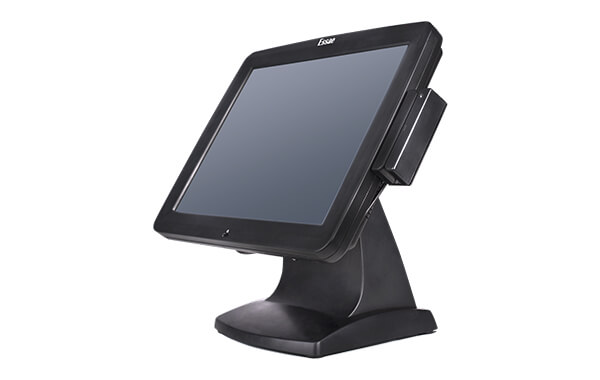Top Benefits of Integrating a POS System with Inventory Management

Top Benefits of Integrating a POS System with Inventory Management
In today’s fast-paced business environment, managing inventory efficiently is crucial for maintaining profitability and operational efficiency. Integrating a Point of Sale system with inventory management can transform how businesses handle stock, sales, and overall operations. This integration not only simplifies processes but also offers significant advantages that contribute to better decision-making and streamlined operations.
In this blog, we’ll explore the top benefits of integrating a POS system with inventory management.
Benefits of Integrating a Point of Sale System
1. Real-Time Inventory Tracking
One of the most significant benefits of integrating a POS system with inventory management is the ability to track inventory levels in real time. Here’s how it helps:
- Immediate Updates: As sales are made through the POS system, inventory levels are automatically updated. This real-time tracking ensures that businesses have accurate information about their stock levels at all times.
- Reduced Stockouts and Overstocks: By keeping track of inventory in real time, businesses can avoid running out of popular items or overstocking less popular ones. This helps maintain an optimal inventory level and improves customer satisfaction.
2. Improved Order Accuracy
Integration between POS and inventory management systems enhances order accuracy, leading to:
- Accurate Reordering: With real-time data on inventory levels, businesses can generate accurate purchase orders for replenishment. This reduces the risk of ordering too much or too little and ensures that stock levels are maintained appropriately.
- Fewer Errors: Automated updates and synchronization between POS and inventory systems minimize manual entry errors, leading to fewer discrepancies between recorded and actual stock levels.
3. Streamlined Inventory Management
Integrating Point of Sale system with inventory management simplifies several inventory-related tasks:
- Automated Stock Tracking: Inventory counts are updated automatically as sales are processed, reducing the need for manual stock takes and audits.
- Efficient Restocking: The system can generate alerts or automatic purchase orders when inventory reaches a predefined threshold, ensuring timely restocking and preventing stockouts.
4. Data-Driven Insights
Integration provides valuable data that helps businesses make informed decisions:
- Sales Trends Analysis: By analyzing sales data alongside inventory levels, businesses can identify trends, such as which products are selling well and which are not. This information is crucial for making adjustments to inventory and pricing strategies.
- Demand Forecasting: Historical sales data helps in forecasting future demand more accurately. This allows businesses to adjust inventory levels in anticipation of changes in customer preferences or seasonal trends.
5. Enhanced Financial Control
Managing finances becomes easier with integrated systems:
- Accurate Financial Reporting: Integration provides accurate and up-to-date financial data, including the cost of goods sold and inventory valuation. This leads to more accurate financial reports and better financial control.
- Cost Management: Real-time tracking helps in monitoring the cost of inventory and identifying any discrepancies or issues. This enables businesses to manage costs more effectively and maintain profitability.
6. Better Customer Experience
A seamless integration of POS System and inventory management enhances the customer experience:
- Product Availability: Real-time inventory data ensures that customers are informed about product availability, reducing frustration and improving satisfaction.
- Faster Service: With accurate inventory levels and streamlined operations, businesses can process orders more quickly and efficiently, leading to faster service and happier customers.
7. Increased Efficiency
Operational efficiency is greatly improved with an integrated system:
- Reduced Manual Work: Automation reduces the need for manual inventory checks and data entry, freeing up time for staff to focus on other tasks.
- Error Reduction: By eliminating manual processes and synchronizing data automatically, the likelihood of errors is significantly reduced, leading to smoother operations.
8. Enhanced Security and Compliance
Integration improves security and compliance with regulations:
- Audit Trails: Integrated systems maintain comprehensive audit trails, tracking every transaction and inventory adjustment. This is useful for compliance with financial and regulatory requirements.
- Security Measures: POS systems with integrated inventory management can have built-in security features, such as user permissions and access controls, protecting sensitive data from unauthorized access.
Conclusion
Integrating a POS system with inventory management offers a range of benefits that streamline operations, improve accuracy, and enhance overall efficiency. From real-time inventory tracking and accurate reordering to data-driven insights and better customer experiences, this integration is a powerful tool for modern businesses. By leveraging the advantages of integrated systems, businesses can optimize their inventory management processes, make informed decisions, and ultimately drive growth and success in today’s competitive market





